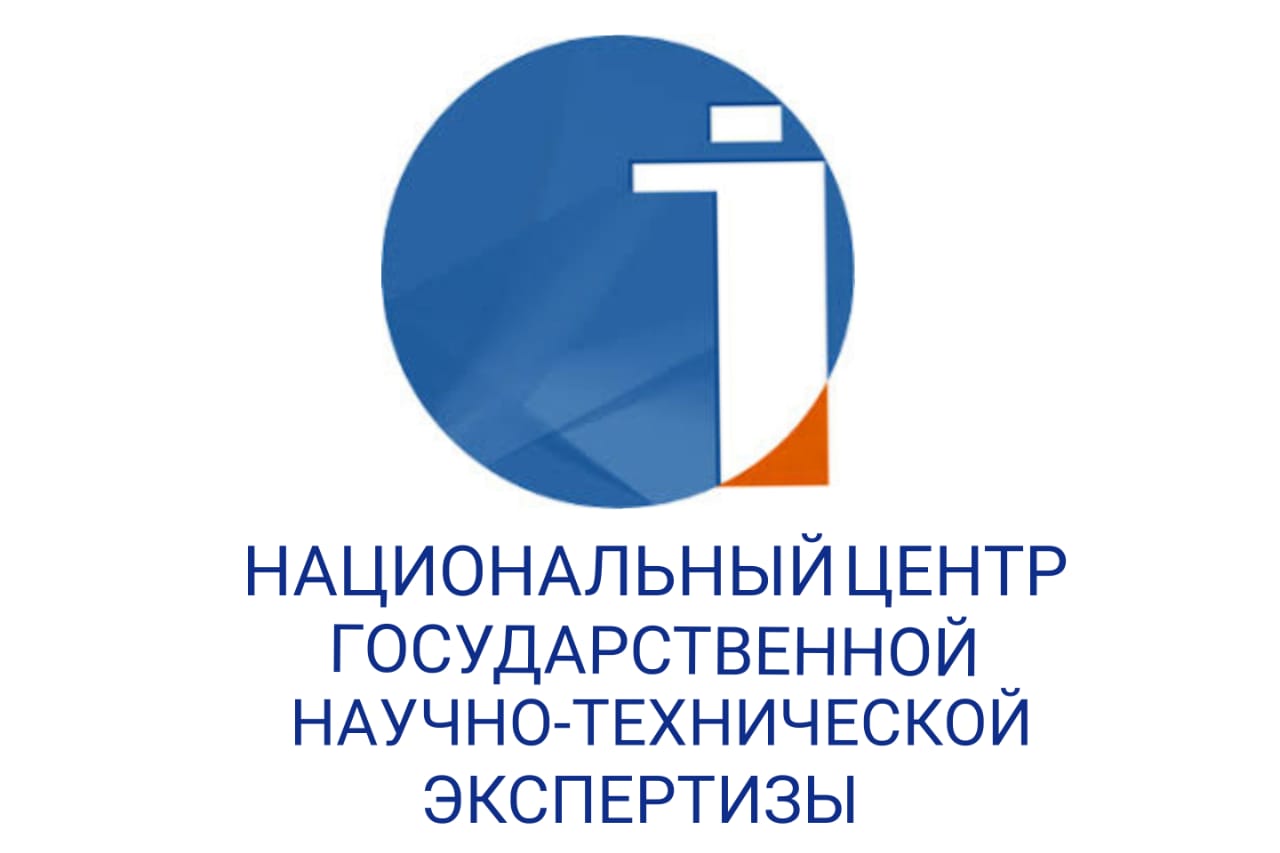SLANG IN THE SYSTEM OF SOCIAL STRATIFICATION OF THE MODERN KAZAKH LANGUAGE
DOI:
https://doi.org/10.48371/PHILS.2025.1.76.012Keywords:
language layers, jargons, parlance, slang, extra linguistic factors, colloquial language, social group, everyday vocabularyAbstract
The vocabulary of the modern Kazakh language is intensively replenished with words related to youth language, in particular, jargon, parlance, slang units. This, of course, is closely related to the stages of socio-historical development of our language. If the development of a language goes through any historical periods, it is first of all reflected in the language itself and changes depending on the periods; a word with the same meaning may sound different in each period. The purpose of the article related to these issues is to report on linguistic layers that do not meet the norms of literary language and are used only in the language of certain social groups in the current period of globalization. The scientific significance of the article is a comprehensive analysis of the appearance of jargon, parlance, and slang in the language, the factors affecting it, and determining the impact on the language. During the writing of the scientific article, the following methods were used: description, comparison, contrast, lexicographic, etymological, empirical, diagnostic, statistical. The relevance of the article is to determine the lexical units of this direction in the youth language by conducting a survey, to study the ways of their use, appearance, reasons, semantic features, to try to make certain conclusions, to study the Kazakh language in an applied nature. Based on this, the results are discussed and specific conclusions are given. The value of the article can be attributed to the following conclusions: 1) distinguishing between language layers; 2) identification of slangs in youth language; 3) differentiation of factors contributing to their formation; 4) analysis of their impact on language development. The practical significance of the article is related to the acquisition of practical and theoretical materials for future scientific work by Master’s and Doctoral students and young people engaged in science. In addition, it can be used during practical lessons on the Lexicology of the Modern Kazakh language and Neology for students in the field of Philology.








